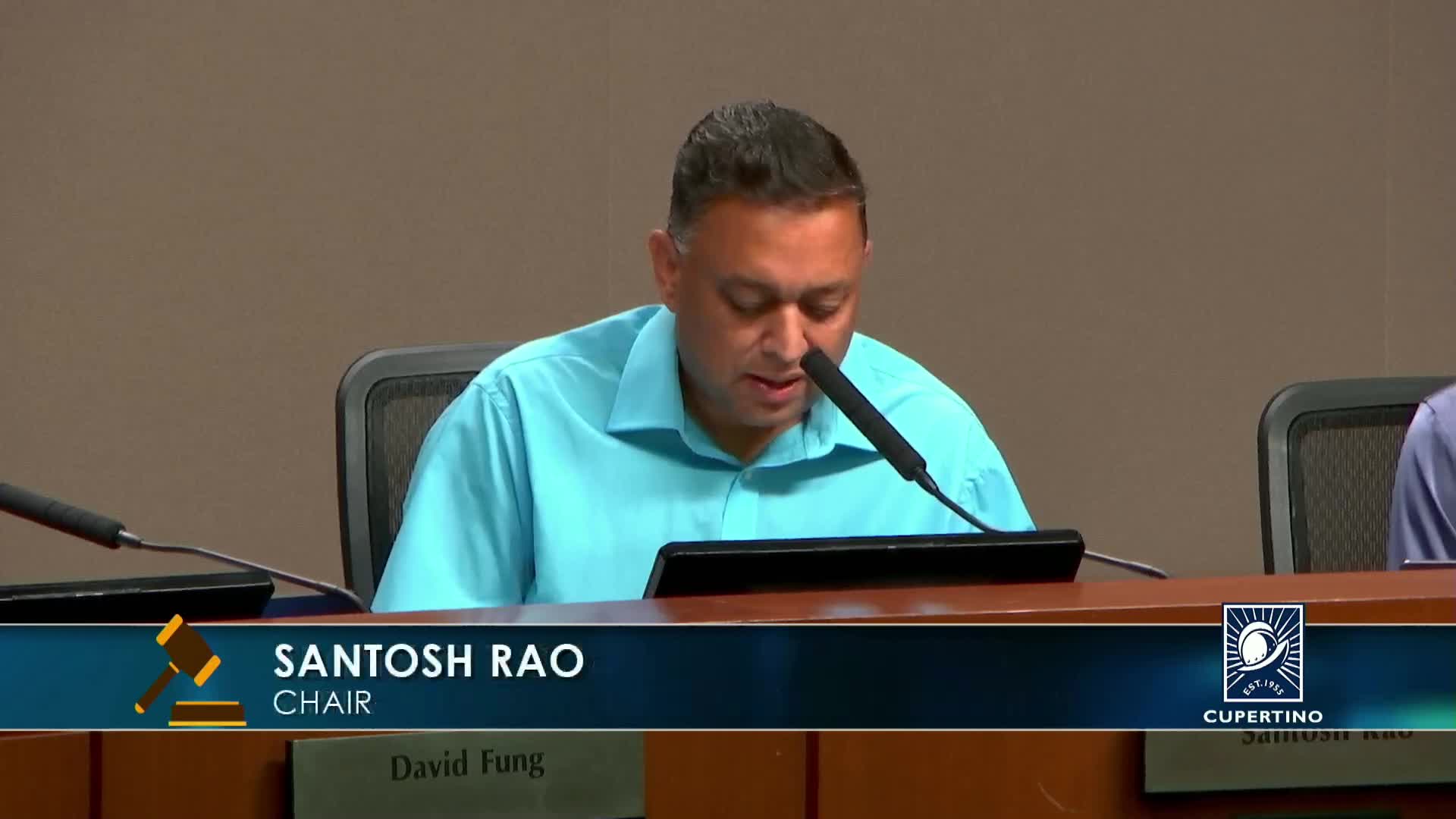Cupertino discusses intersection improvements to curb red light running and enhance pedestrian safety
September 10, 2025 | Cupertino, Santa Clara County, California
This article was created by AI summarizing key points discussed. AI makes mistakes, so for full details and context, please refer to the video of the full meeting. Please report any errors so we can fix them. Report an error »

In the heart of Cupertino, city officials gathered for a pivotal Planning Commission meeting on September 9, 2025, where the safety of pedestrians took center stage. As discussions unfolded, the pressing issue of red light runners and stoplight violations emerged, highlighting the urgent need for enhanced safety measures at crosswalks.
Commissioners voiced concerns about the dangers posed to pedestrians, particularly in high-traffic areas like Stevens Creek Boulevard. One commissioner pointed out that while vehicles can accelerate or slow down to avoid collisions, pedestrians caught in crosswalks face significantly greater risks. This stark reality prompted a call for infrastructure projects aimed at curbing reckless driving behaviors that endanger lives.
The conversation shifted towards potential solutions, with officials discussing the reintroduction of red light running cameras at key intersections. These cameras, which had been part of Cupertino's safety measures decades ago, could serve as a deterrent against traffic violations. The idea is to integrate such technology into a broader strategy for improving pedestrian safety, particularly in areas identified as high injury networks.
However, the dialogue also revealed a challenge: the current planning framework separates policy recommendations from infrastructure projects. While the active transportation plan focuses on individual intersections, some commissioners expressed the need for a more holistic approach. They argued that addressing safety issues one intersection at a time might not effectively tackle the systemic problem of serial red light runners who frequently violate traffic signals across multiple intersections.
In response, city planners acknowledged the possibility of developing corridor-wide improvements, which could encompass several intersections simultaneously. This approach would allow for a more comprehensive strategy to enhance safety along busy routes, rather than piecemeal fixes that may fall short of addressing the broader issue.
As the meeting concluded, the urgency for action was palpable. The discussions underscored a community grappling with the balance between traffic flow and pedestrian safety, leaving residents and officials alike pondering the next steps in creating a safer environment for all. The path forward remains to be seen, but the commitment to addressing these critical safety concerns is clear.
Commissioners voiced concerns about the dangers posed to pedestrians, particularly in high-traffic areas like Stevens Creek Boulevard. One commissioner pointed out that while vehicles can accelerate or slow down to avoid collisions, pedestrians caught in crosswalks face significantly greater risks. This stark reality prompted a call for infrastructure projects aimed at curbing reckless driving behaviors that endanger lives.
The conversation shifted towards potential solutions, with officials discussing the reintroduction of red light running cameras at key intersections. These cameras, which had been part of Cupertino's safety measures decades ago, could serve as a deterrent against traffic violations. The idea is to integrate such technology into a broader strategy for improving pedestrian safety, particularly in areas identified as high injury networks.
However, the dialogue also revealed a challenge: the current planning framework separates policy recommendations from infrastructure projects. While the active transportation plan focuses on individual intersections, some commissioners expressed the need for a more holistic approach. They argued that addressing safety issues one intersection at a time might not effectively tackle the systemic problem of serial red light runners who frequently violate traffic signals across multiple intersections.
In response, city planners acknowledged the possibility of developing corridor-wide improvements, which could encompass several intersections simultaneously. This approach would allow for a more comprehensive strategy to enhance safety along busy routes, rather than piecemeal fixes that may fall short of addressing the broader issue.
As the meeting concluded, the urgency for action was palpable. The discussions underscored a community grappling with the balance between traffic flow and pedestrian safety, leaving residents and officials alike pondering the next steps in creating a safer environment for all. The path forward remains to be seen, but the commitment to addressing these critical safety concerns is clear.
View full meeting
This article is based on a recent meeting—watch the full video and explore the complete transcript for deeper insights into the discussion.
View full meeting
